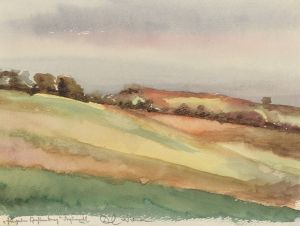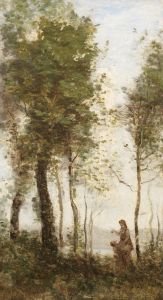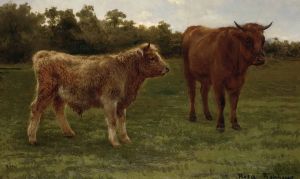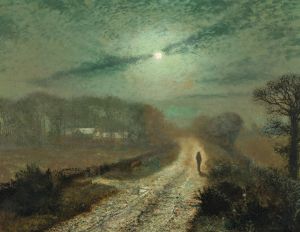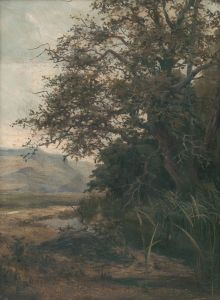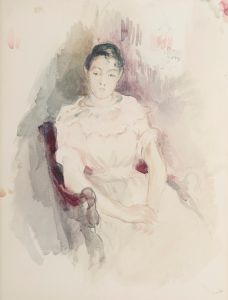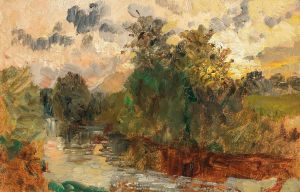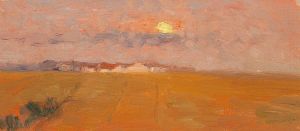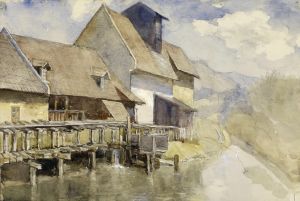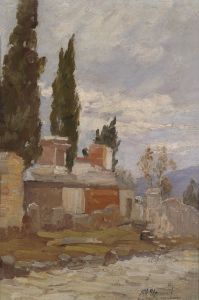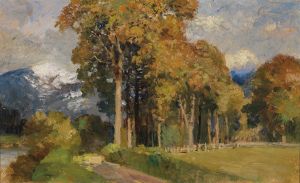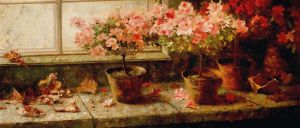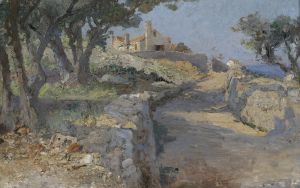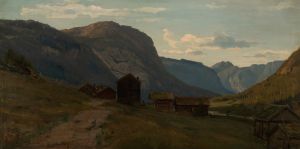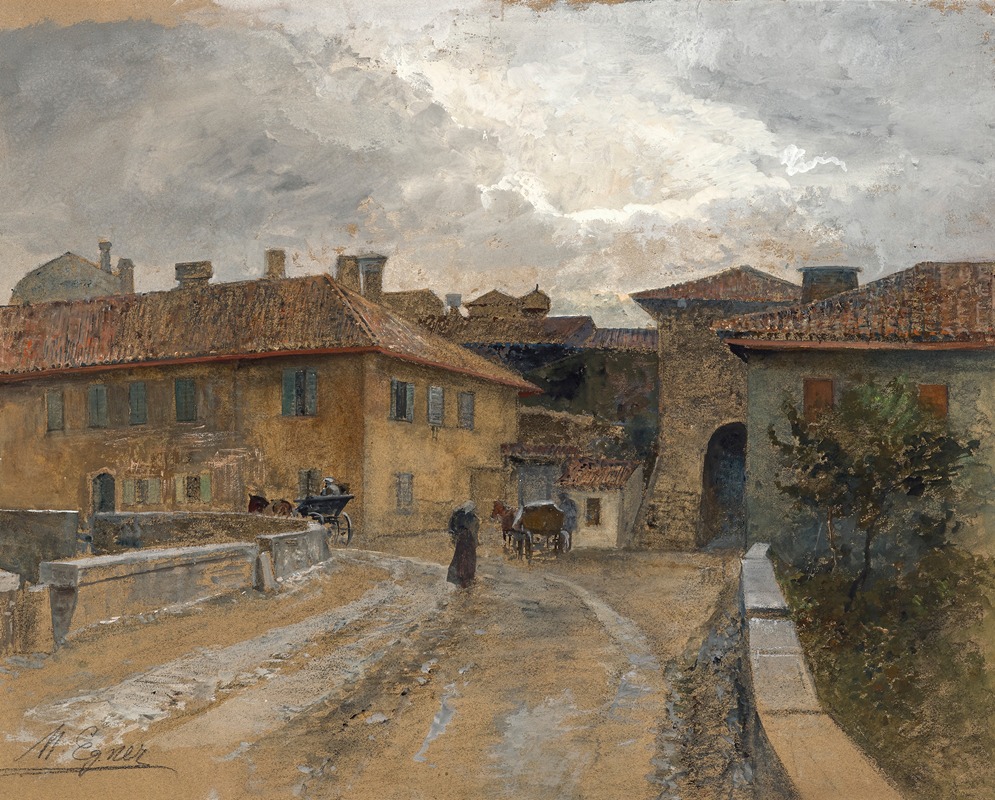
Duino
A hand-painted replica of Marie Egner’s masterpiece Duino, meticulously crafted by professional artists to capture the true essence of the original. Each piece is created with museum-quality canvas and rare mineral pigments, carefully painted by experienced artists with delicate brushstrokes and rich, layered colors to perfectly recreate the texture of the original artwork. Unlike machine-printed reproductions, this hand-painted version brings the painting to life, infused with the artist’s emotions and skill in every stroke. Whether for personal collection or home decoration, it instantly elevates the artistic atmosphere of any space.
Marie Egner (1850-1940) was an Austrian painter known for her contributions to the landscape and floral painting genres. One of her notable works is "Duino," which captures the scenic beauty of the small town of Duino in Italy. This painting is a fine example of Egner's ability to blend naturalistic detail with a sense of atmospheric light, a hallmark of her style.
Egner was born in Bad Radkersburg, Austria, and received her initial artistic training in Graz. She later studied under Carl Wurzinger in Vienna and subsequently under Emil Jakob Schindler, a prominent Austrian landscape painter. Schindler's influence is evident in Egner's work, particularly in her approach to capturing the subtleties of light and shadow in natural settings.
"Duino" is a testament to Egner's skill in plein air painting, a technique where artists paint outdoors to directly capture the essence of the landscape. This method allows for a more immediate and vibrant representation of the scene, which is evident in the lively brushwork and the dynamic composition of the painting. The town of Duino, located on the Adriatic coast, is known for its picturesque views and historical significance, including the famous Duino Castle. Egner's painting likely depicts the coastal landscape, characterized by its rugged cliffs and serene waters.
Throughout her career, Egner participated in numerous exhibitions, gaining recognition for her work both in Austria and internationally. She was a member of the Vienna Künstlerhaus and the Austrian Association of Women Artists (VBKÖ), which provided her with platforms to showcase her art. Despite the challenges faced by women artists during her time, Egner managed to establish a successful career and left a lasting impact on the Austrian art scene.
Egner's work, including "Duino," is celebrated for its delicate balance of detail and atmosphere. Her paintings often feature a harmonious blend of colors and a keen observation of nature, reflecting her deep appreciation for the natural world. "Duino" exemplifies these qualities, offering viewers a glimpse into the tranquil beauty of the Italian coastal town through Egner's perceptive eyes.
Marie Egner's legacy continues to be appreciated by art historians and enthusiasts alike. Her contributions to landscape painting and her role in the broader context of 19th and early 20th-century Austrian art remain significant. "Duino" stands as a beautiful representation of her artistic vision and technical prowess, capturing a moment in time with both precision and poetic sensibility.





